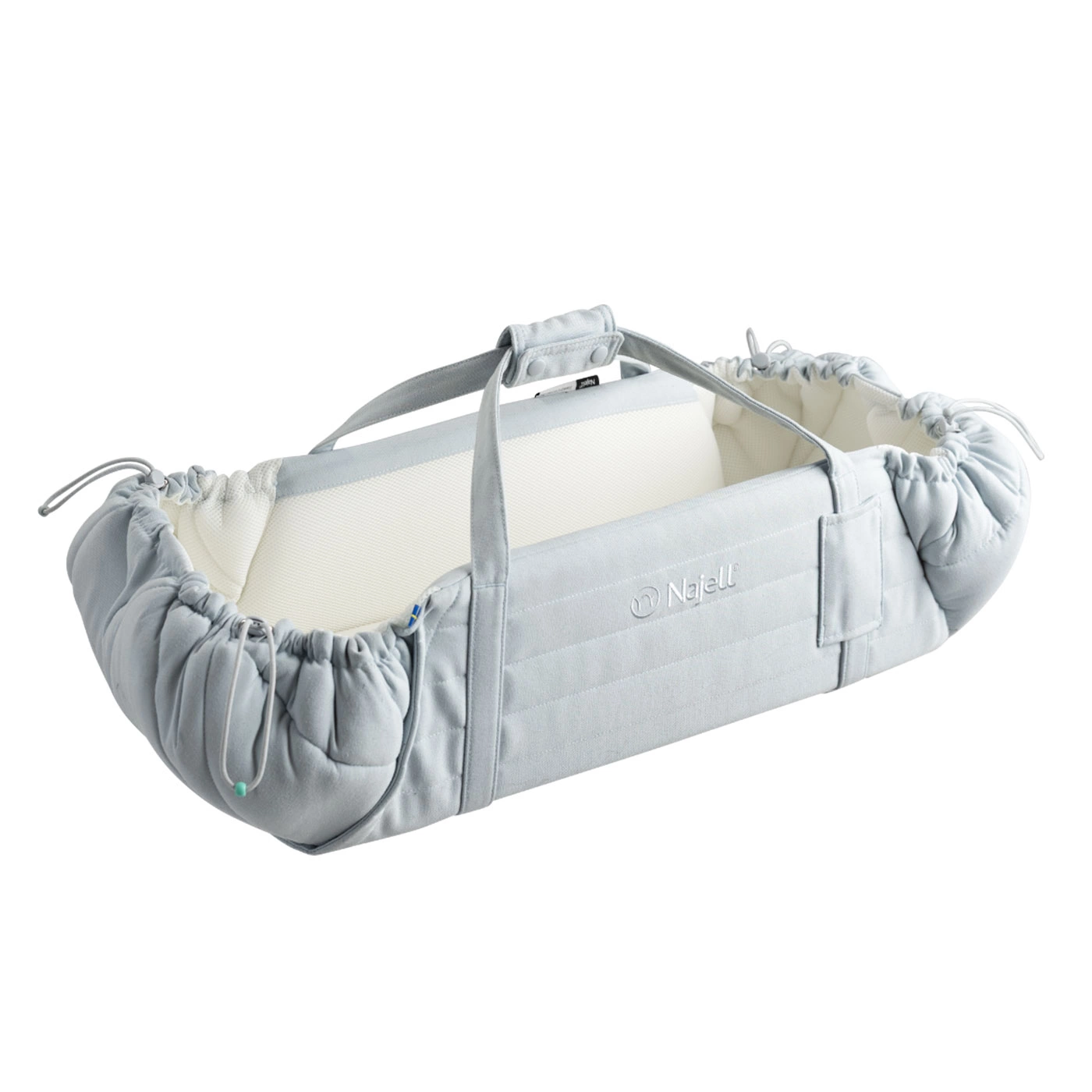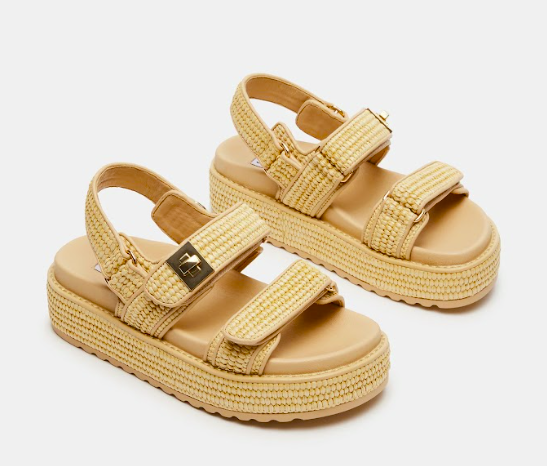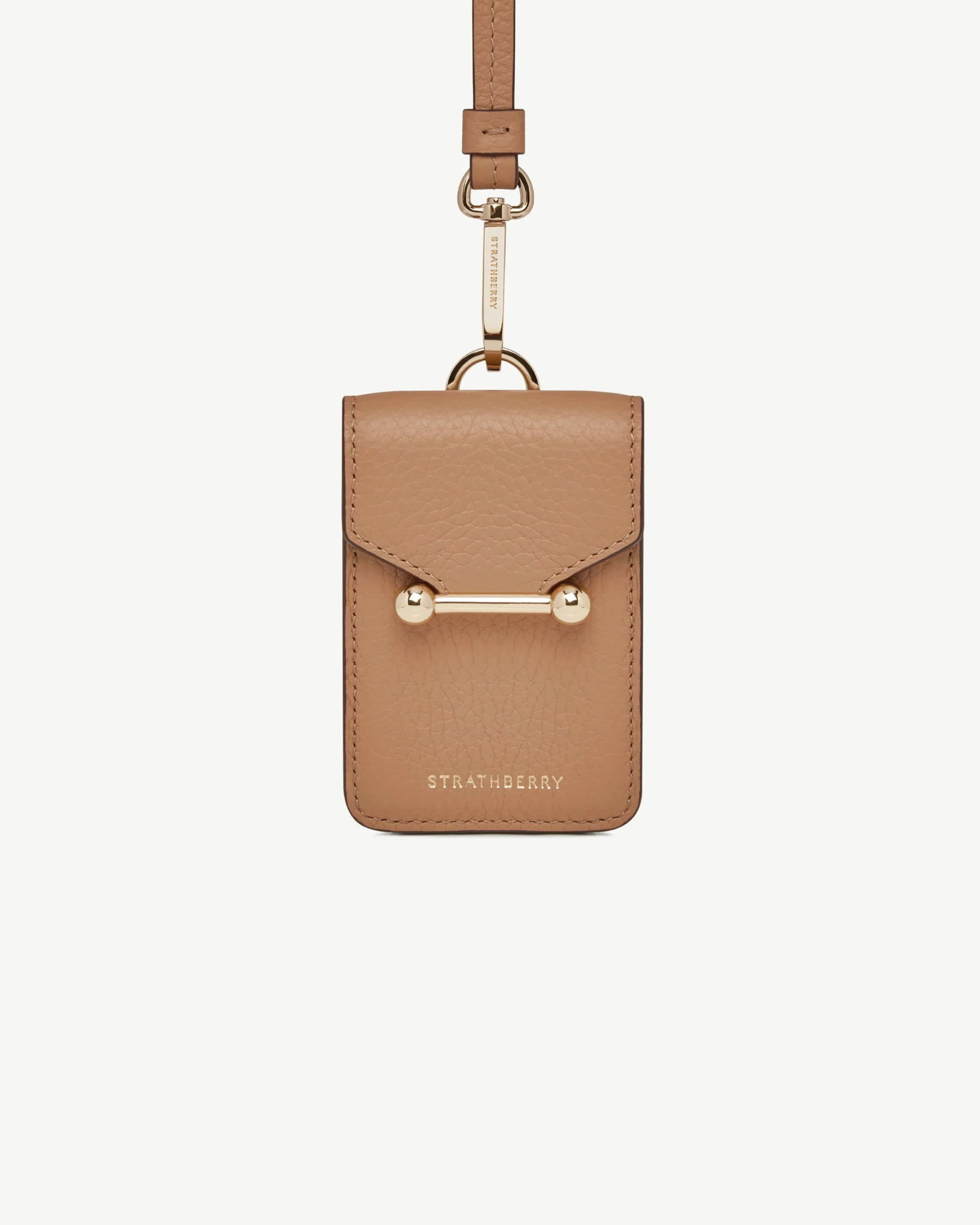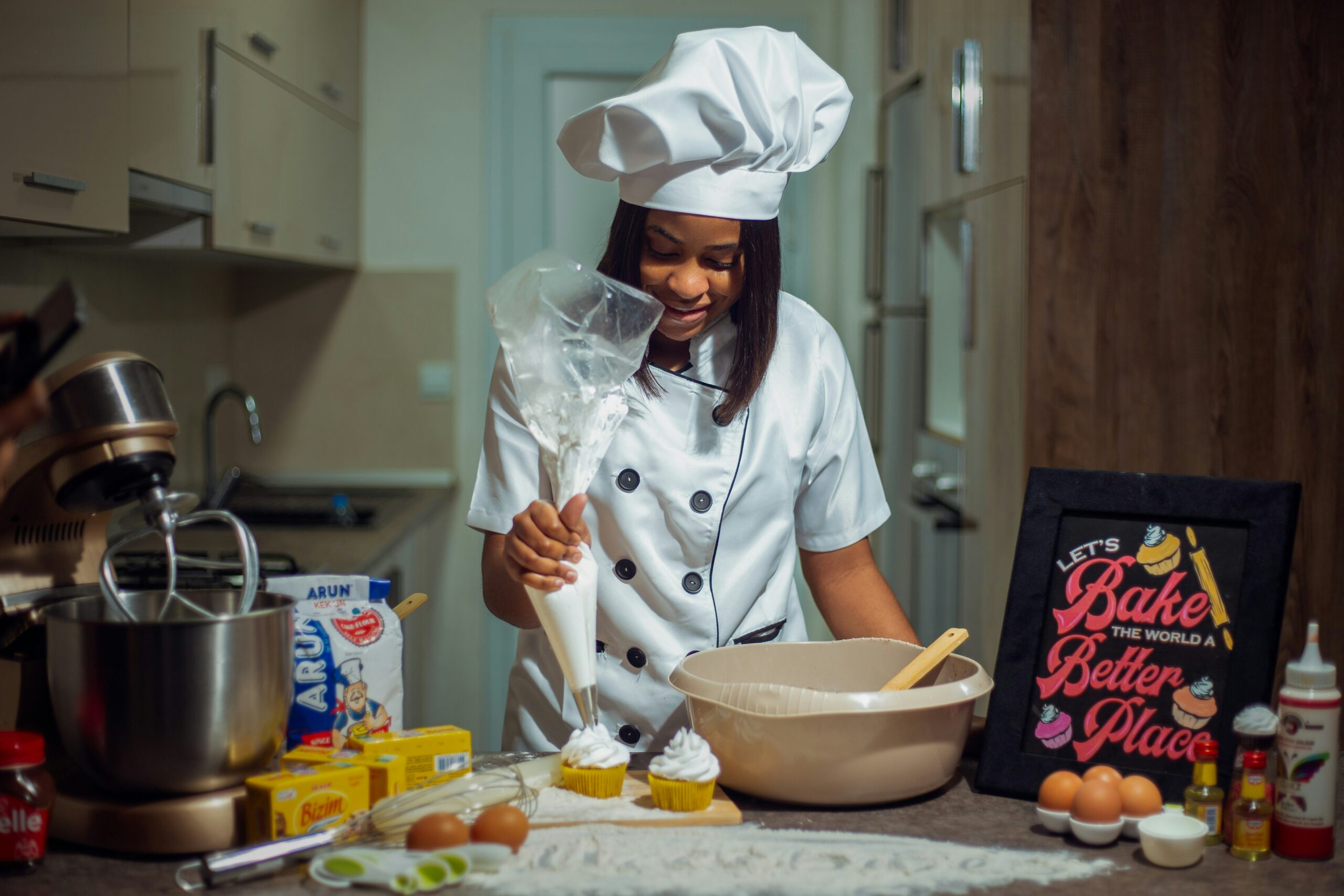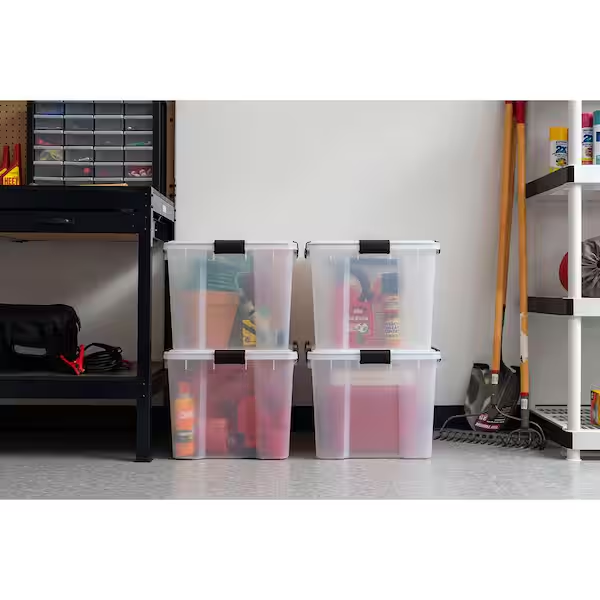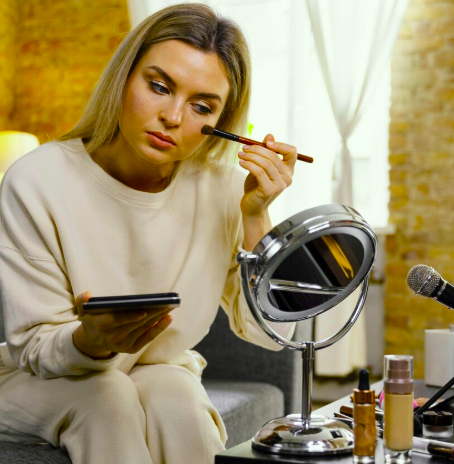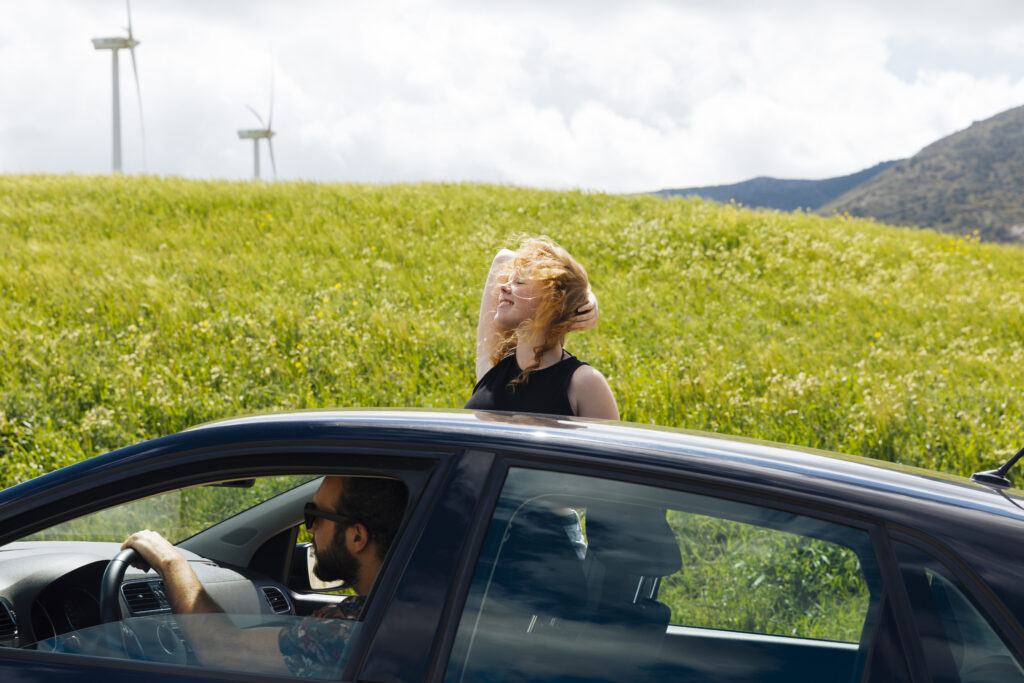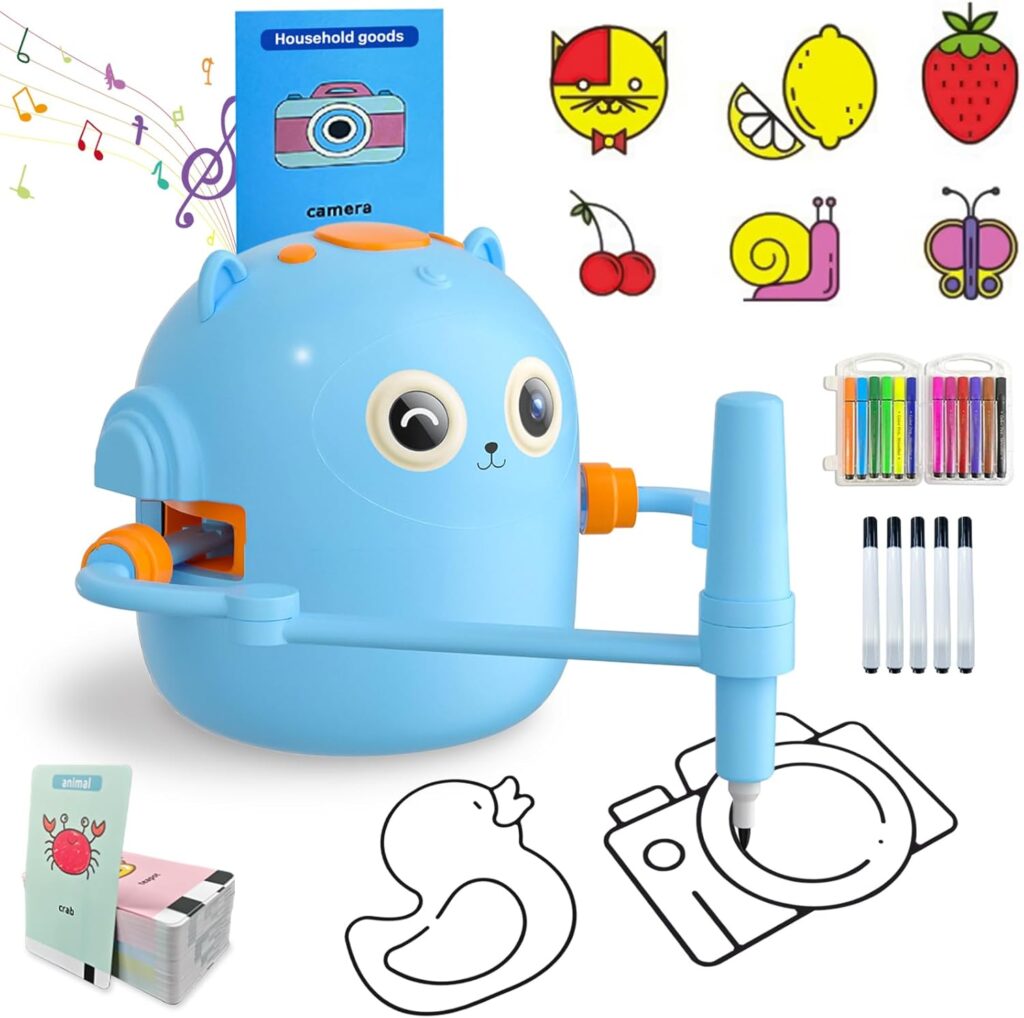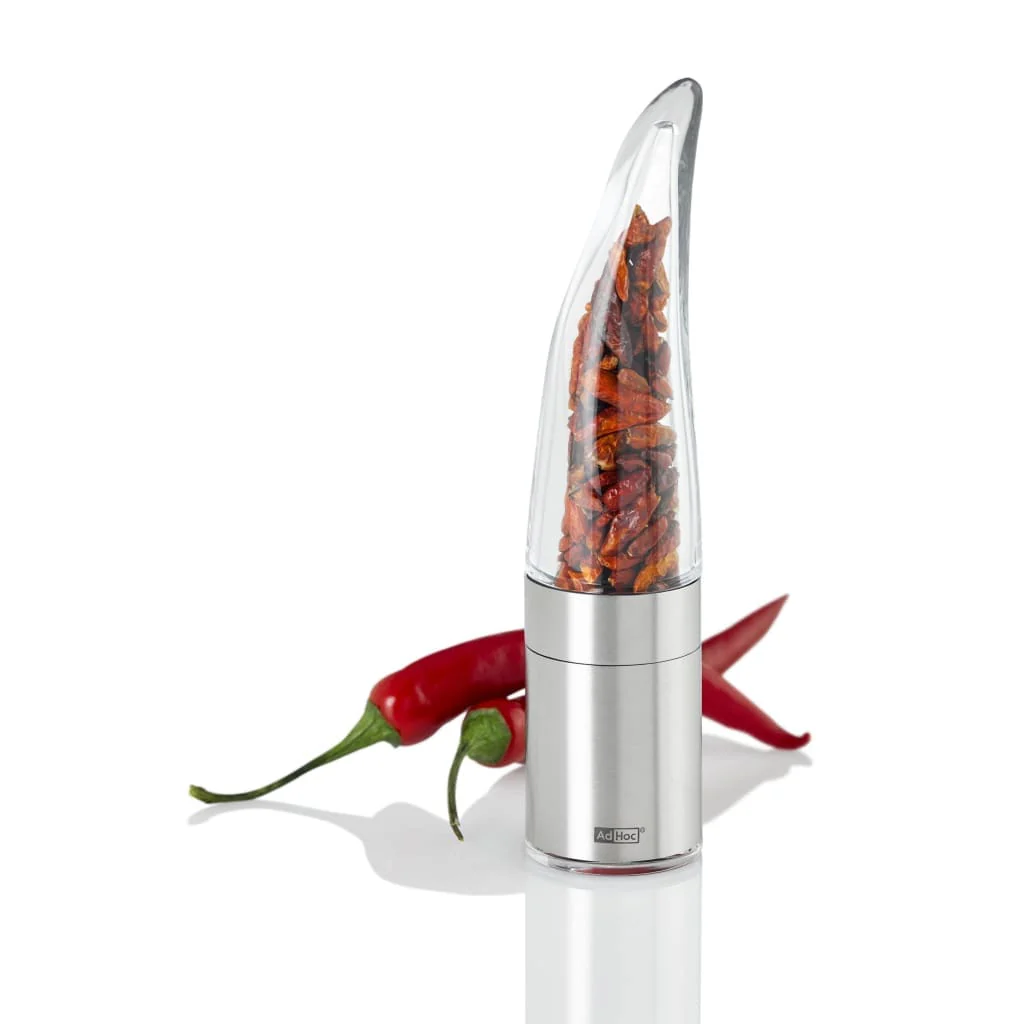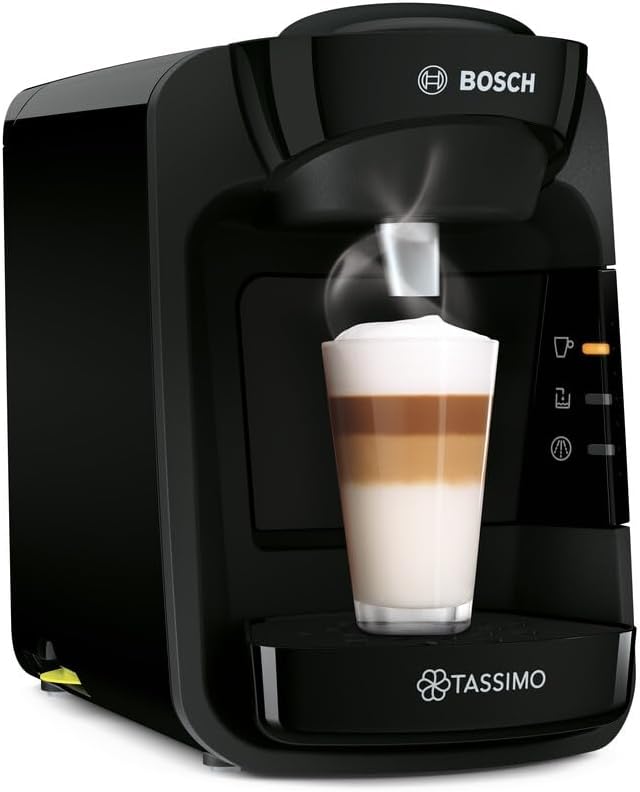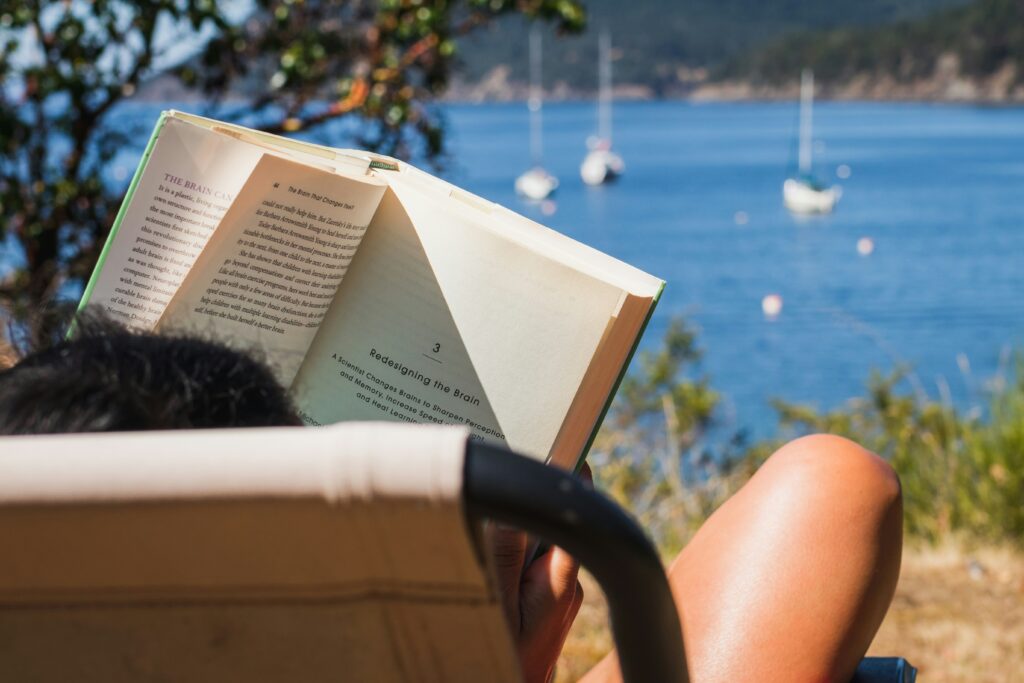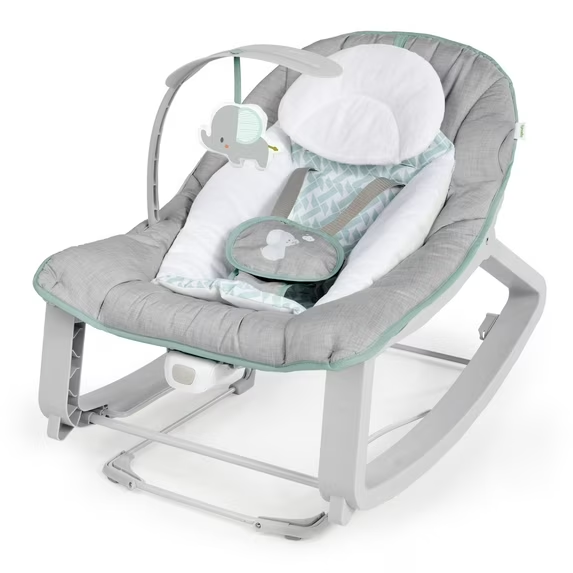New babies are experts at two things: needing you, and napping in the least predictable places. The trick isn’t chasing a perfect schedule—it’s creating a consistent environment that you can lift, clip, and carry between rooms, the pram, the car, and grandparents’ house. That’s where a convertible nest-and-carrier shines. In this guide, you’ll learn how to set up a portable sleep space, place your baby safely, master silent transfers, and keep naps on track through growth spurts and travel—all anchored by the versatile Najell SleepCarrier X.
The goal is simple: one familiar, breathable spot that goes wherever you do. Use it to protect naps from doorbells and daylight, to make transfers calmer, and to give your baby a predictable “this means settle” cue—without rebuilding the nursery in every room.
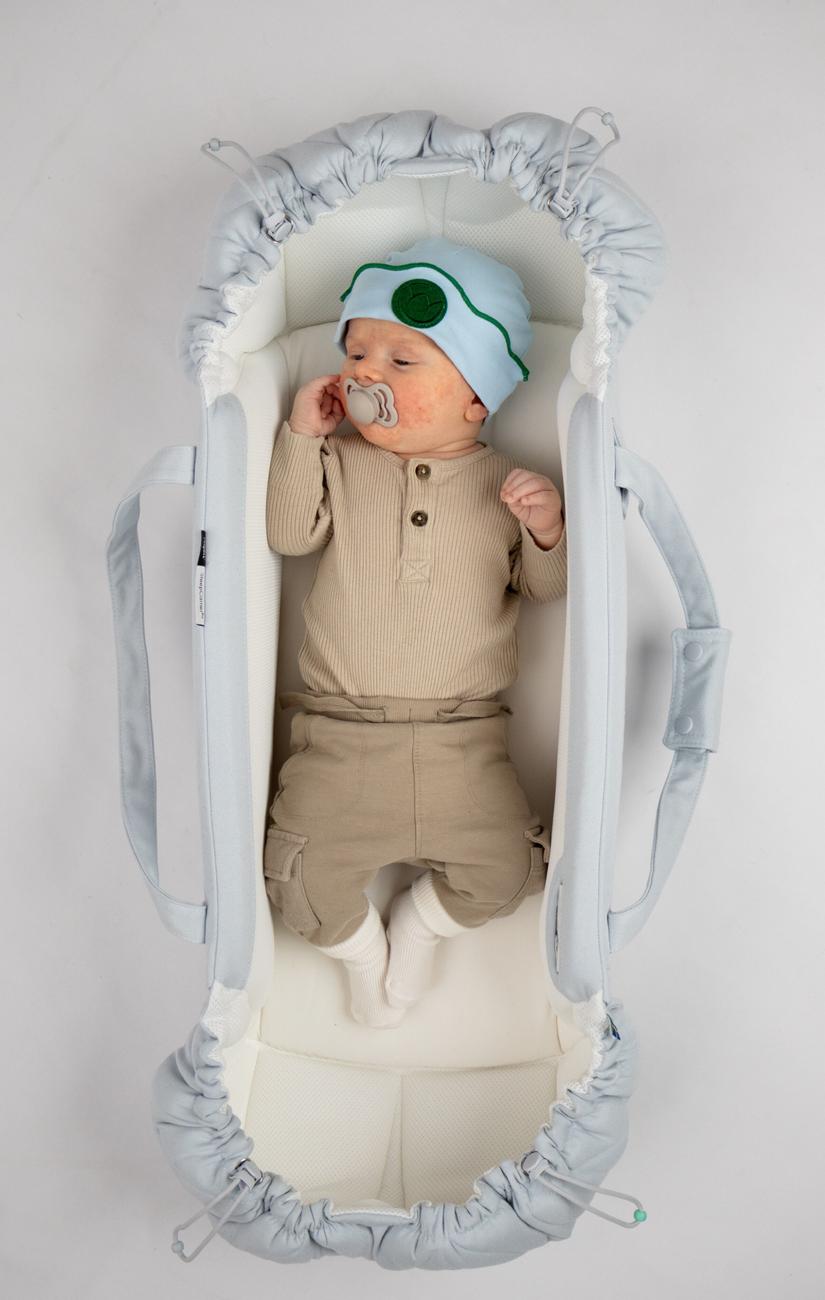
What a Portable Nest Solves (and What It Doesn’t)
You can’t engineer away hunger or milestones—but you can reduce wake-ups caused by environment shifts. A structured, breathable nest gives baby a cosy perimeter, consistent feel, and smoother transfers from arms to a firm, flat surface. The Najell SleepCarrier X adds carry handles and adjustable sides, so you lift the space rather than the baby, keeping that precious drowsy state intact. It also helps with subtle things: the same scented textiles, the same edge under fingertips, the same visual boundaries—all signals that say “rest now” wherever you are.
It is not a cure-all, and it doesn’t replace safe-sleep basics. Think of it as a tool that makes the good habits easier to repeat.
Safe Setup: The “Checklist You Can Do Half-Asleep”
A calm routine starts with safe placement and consistent cues. Use this quick sequence whenever you set down the Najell SleepCarrier X:
- Surface: Always choose a firm, flat, stable surface (a pram bassinet or cot mattress). Avoid sofas, soft mattresses, and elevated edges.
- Breathability: Keep the nest interior clear—no pillows, blankets, toys. Dress baby in a season-appropriate sleep bag or onesie.
- Position: Place baby on their back for every sleep. Keep the head uncovered and the sleep space smoke-free.
- Distance: Cords, strings, and blinds out of reach; handles laid flat and never forming loops.
- Room: Comfortable temperature, low light, predictable hum (or a gentle sound machine at a safe distance).
These tiny, repeatable steps are what turn a portable setup into a truly restful one.
From Arms to Nest: The Quiet Transfer Routine
Most wake-ups happen in the last five centimetres. This transfer method keeps everything settled:
- Warm the sheet: Rest your palm on the nest fabric for 20 seconds; cold textiles startle.
- Lay torso first: Lower baby so the upper back and shoulders touch down first, then the head.
- Hold stillness: Keep one hand gently on the chest for two deep breaths.
- Release in stages: Chest → shoulder → thigh, finishing with a soft tuck of the sleep bag.
The handles on the Najell SleepCarrier X mean you can then lift the entire nest into the pram or cot without scooping baby back up—your odds of staying asleep just skyrocketed.
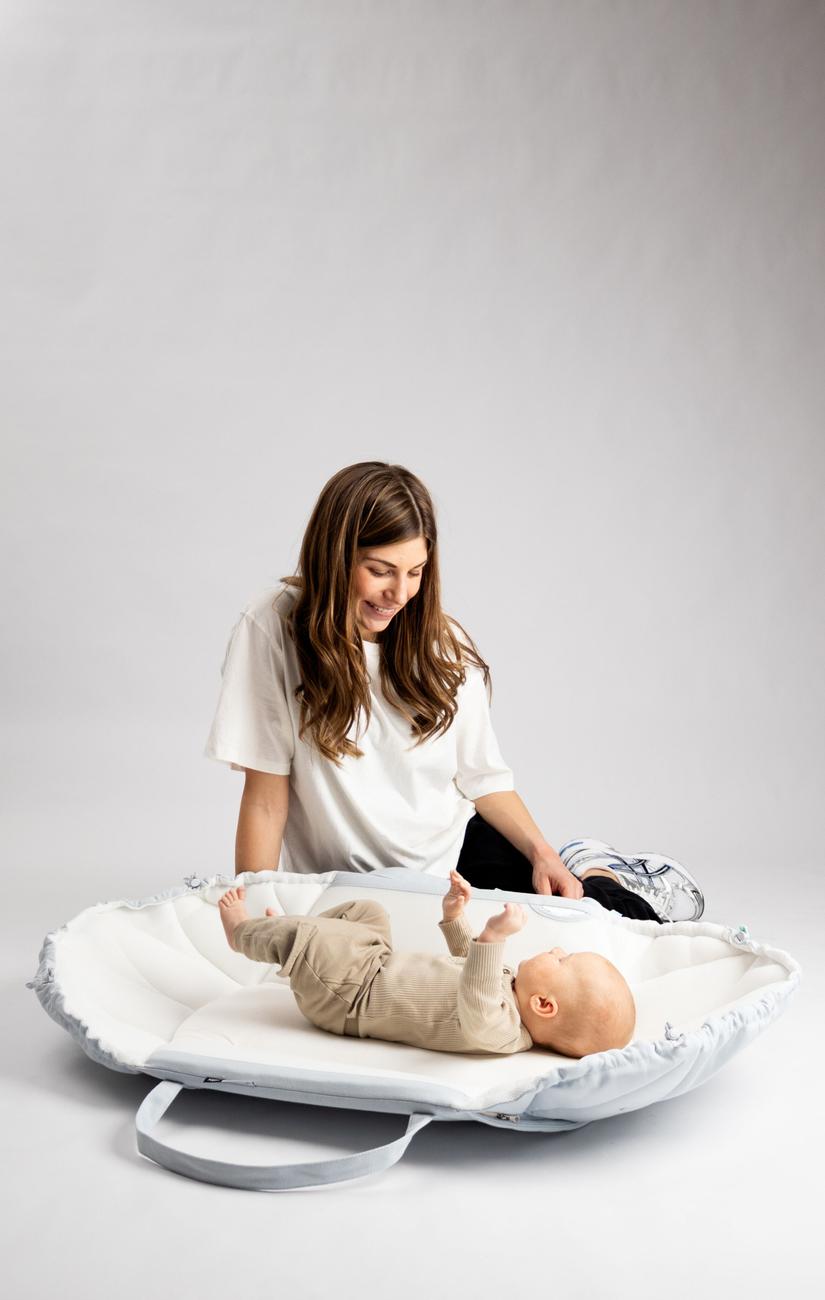
At Home: Room-to-Room Flow Without Re-settling
Think of your day as zones: feed chair, living-room mat, bedroom nap space. The Najell SleepCarrier X lets you pre-set a nap spot, then bring it with you. Start the wind-down in the living room, transfer into the nest, and carry to a darker bedroom without changing the “feel” under baby. For contact-nap lovers, allow baby to drift off on you, then slide them into the nest while keeping the same blanket scent over your shoulder—your smell, their calm, your hands free.
Keep a spare fitted liner ready; when spit-up happens, you swap, settle, and launder without derailing naps.
In the Pram: A Bassinet You Can Lift
Pram naps are brilliant—until you reach the front door and try to transfer. Place the Najell SleepCarrier X flat in the pram bassinet so the nest walls create a cosy boundary against street noise and visual overstimulation. When you’re back home, lift the whole nest out by the handles and set it onto a flat cot mattress to finish the nap. No more “nap roulette” at the threshold.
Tip: angle the sunshade to reduce overhead glare, and use motion to your advantage—start the pram roll after baby is in the nest so the first minute feels smooth and continuous.
Day Trips & Overnights: Travel Without Re-teaching Sleep
Babies sleep best in environments they recognise. Bring the Najell SleepCarrier X to grandparents or into a hotel travel cot and you’ve already solved 70% of “new room” fuss. Keep your bedtime sequence identical (phrase, sleep bag, gentle white noise at a safe distance). In the morning, the same nest becomes a familiar tummy-time mat—flip to play mode and let baby explore textures and propped-up sights for a few minutes after each nap.
Pack list hack: spare liner, muslin, sleep bag, small sound machine, and your usual story book—tiny items, huge calm.
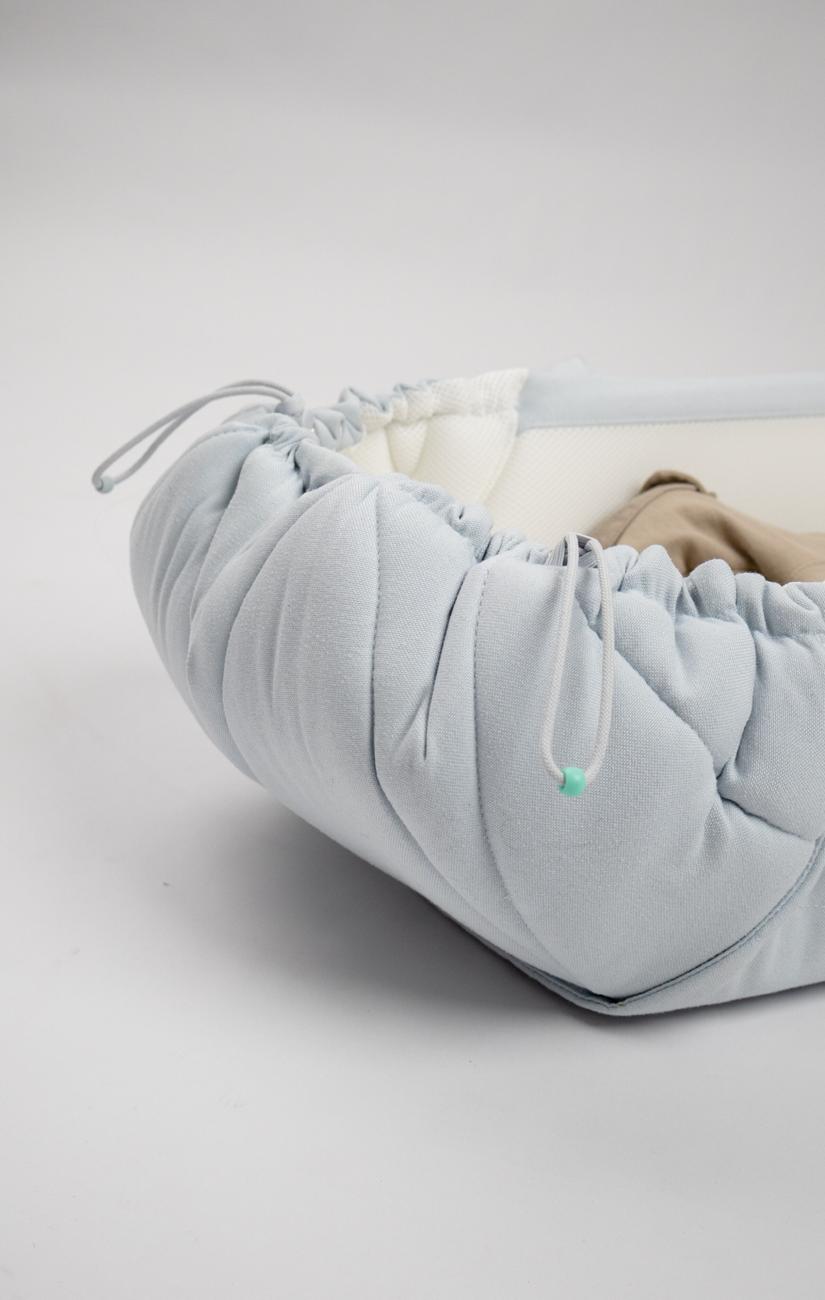
Tummy Time, Play, and “Independent Minutes”
Strong necks = safer sleep and easier feeds. Use the Najell SleepCarrier X for short, frequent tummy-time sets on the floor (always supervised). Roll a muslin and place it under the chest as a mini bolster, or kneel face-to-face and narrate. After naps, switch to play: the soft boundary helps contain flailing limbs, while the flat base gives a stable surface for kicking, tracking toys, and early side-lying practice.
Keep sessions brief and positive; you’re building stamina, not running drills.
One Hybrid Block (Checklist + Guidance): Your 60-Second Reset
When naps wobble, run this quick algorithm:
- Environment: Dim room, firm flat surface, clear interior, safe temperature.
- Cues: Repeat the same phrase, same order (nappy → sleep bag → phrase → down).
- Volume: If using white noise, keep it low and consistent—mask, don’t blast.
- Timing: Add 10–15 minutes to the wake window or shorten it if baby is wired; adjust one variable at a time.
- Transfer: Warm sheet, torso-first lay-down, hands-on pause, staged release.
- Containment: Use the Najell SleepCarrier X walls to reduce startle and boundary seeking.
Tiny tweaks, repeated, beat big overhauls every time.
Cleaning, Care, and Everyday Practicalities
Babies are gloriously messy. Use removable liners and wash on a gentle cycle with baby-safe detergent; air-dry fully to preserve shape. Wipe carry handles and outer fabric with a soft cloth; keep zips lint-free so midnight changes don’t snag. When storing the Najell SleepCarrier X, keep it flat and dry. For car boots and rainy days, a light, breathable travel bag keeps the sleep surface clean between stops.
Safety Notes You’ll Be Glad You Knew
- Always supervise awake time and floor play.
- For sleep, use flat, firm, dedicated surfaces—no couches or adult beds.
- Place baby on their back, head uncovered, and keep the nest clear inside.
- Never carry the nest with baby inside on stairs or uneven ground; walk slowly, two hands on the handles, and ensure handles are not looped or twisted.
- Regularly inspect seams, stitching, and fasteners; retire if damaged.
These aren’t “rules to worry about,” but muscle memory you build—so you can relax.
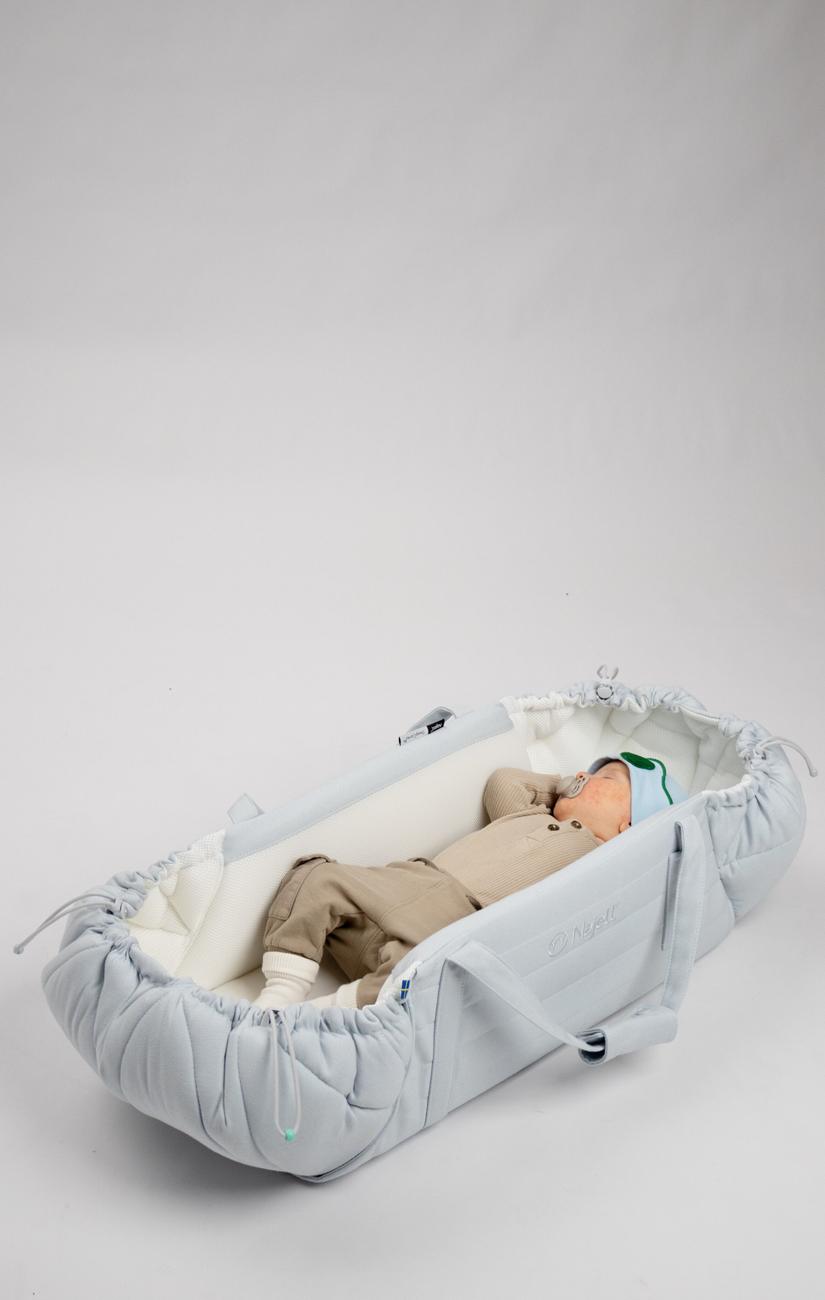
Troubleshooting: Real-World Hiccups, Fast Fixes
- Short 30–40 min naps: Start wind-down five minutes earlier; darken the room; keep the Najell SleepCarrier X walls slightly snug so the startle reflex meets a soft boundary.
- Transfer fails at the last second: Hold your hand on baby’s chest a fraction longer; hum one note; release in stages.
- Pram naps end at the door: Lift the entire nest into the cot so the surface doesn’t change; keep ambient sound consistent for the first five minutes.
- Early morning wakes: Cover the early-bird hour with a low sound profile and maintain darkness; feed quietly and lay back down in the same nest, same position.
- Overheat anxiety: Dress for the room, not the weather outside; check the back of the neck, not hands/feet, to gauge warmth.
Conclusion
Good sleep with a baby is less about perfect timing and more about portable consistency. Create a firm, flat, breathable spot that feels the same from living room to pram to travel cot; master a calm transfer; keep cues predictable; and protect naps from the “noise” of daily life. The Najell SleepCarrier X makes that practical: a cosy boundary for settling, sturdy handles for silent room-to-room moves, and day-trip readiness that turns chaos into carry-along calm. Use it for naps, play, tummy time, and travel—and let the familiarity do the soothing, wherever you are.
FAQ
- Can my baby sleep overnight in a portable nest?
Use the nest on a firm, flat, dedicated sleep surface (such as a cot mattress or pram bassinet) and follow safe-sleep guidelines. Keep the interior clear and place baby on their back with head uncovered. Always read the product’s instructions for specific overnight guidance and age limits. - Where should I put the Najell SleepCarrier X in the pram?
Flat in the bassinet with good airflow and no loose blankets. Use the sunshade to reduce glare and start the pram roll only after baby is settled. - How tight should the sides be?
You’re aiming for a gentle boundary, not squeezing. Adjust so baby feels contained without restricting natural movement or breathing. Always ensure the base remains flat. - Is it okay to lift the nest while baby is asleep?
Yes—carefully, with two hands on the handles, keeping the base level and your path clear. Avoid stairs and uneven ground while carrying. - What should baby wear inside?
Dress for the room temperature: a breathable onesie or sleep bag. Skip loose blankets and hats; check the back of the neck to gauge warmth. - How do I clean it after a spill?
Swap to a spare liner, blot the spill, and launder on a gentle cycle with baby-safe detergent. Air-dry fully before reuse to preserve structure. - Can I use the Najell SleepCarrier X for tummy time?
Yes—on the floor, supervised. The flat base provides stability, and you can use a rolled muslin as a chest bolster for early sessions. - My baby wakes at the door after a pram nap—help?
Lift the entire Najell SleepCarrier X into a flat cot mattress so the surface doesn’t change. Keep the first minutes’ sound and light similar to the pram environment. - When should I stop using a nest?
Follow the manufacturer’s weight/age guidelines and stop if your child can sit, roll extensively, or pull to kneel in a way that compromises safe boundaries. Transition to a larger, dedicated sleep space when mobility demands it.

